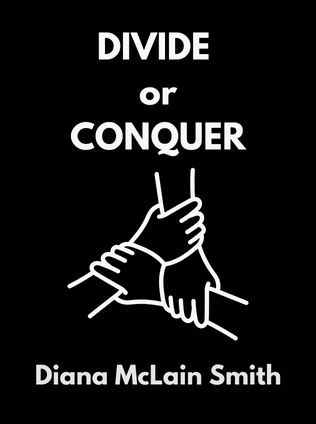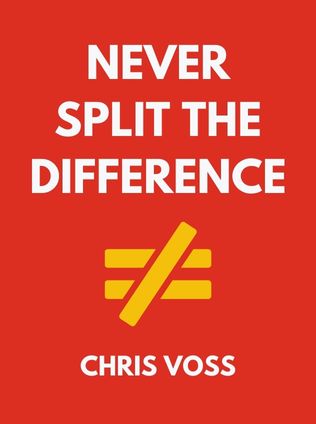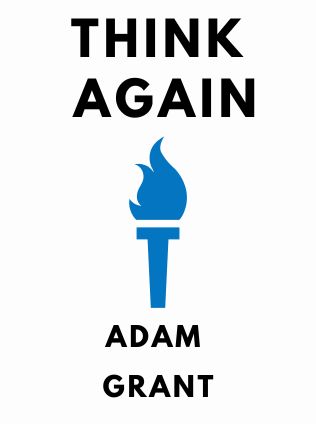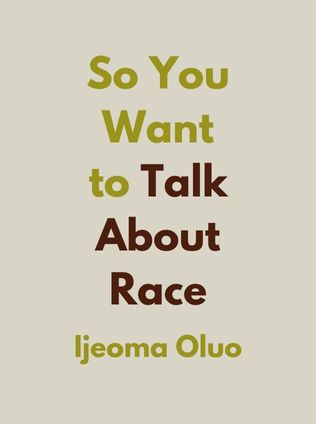
Divide or Conquer
How Great Teams Turn Conflict Into Strength
By Diana McLain Smith
Published 05/2008
About the Author
Diana McLain Smith is a partner at the Monitor Group, a global management consulting firm, and a founding partner of Action Design, a small firm specializing in organizational learning and professional development. For nearly three decades, she has advised hundreds of leaders while conducting research on teams, leadership, negotiation, and organizational change. Her extensive experience and deep insights into organizational behavior form the backbone of her book, Divide or Conquer: How Great Teams Turn Conflict Into Strength.
Main Idea
Conflict is an inevitable part of team dynamics. The essence of Divide or Conquer is that the strength of a team lies not in the absence of conflict but in how the team members manage and leverage it. Smith emphasizes that the relationships within a team determine its ability to handle conflict. Great teams use conflict to strengthen their relationships and improve performance, whereas dysfunctional teams avoid conflict, leading to weakened relationships and diminished results. The book offers a roadmap for transforming relationships and making conflict a source of strength rather than a liability.
Table of Contents
- Introduction
- Understanding Relationships
- Transforming Relationships
- Making Change Practical
- Coda: Relational Sensibilities
Introduction
Every team is only as strong as its weakest relationships. The quality of relationships within a team determines how well and how quickly it can make decisions, inspire innovation, tackle performance problems, and learn from mistakes. Smith sets the stage by emphasizing that relationships, much like a firm's culture, are part of the informal side of organizational life. They are crucial yet often overlooked and underutilized in transforming team performance.
Understanding Relationships
The Life and Death of a Relationship
Smith uses the infamous breakup between Steve Jobs and John Sculley at Apple as a case study to explore how relationships form, develop, and die. Initially, their relationship was built on a shared preoccupation with power, but over time, their inability to manage informal roles and expectations led to its deterioration. Smith argues that understanding the stages of relationship development can help teams avoid similar pitfalls.
"Only by understanding how relationships form, develop, and die can you see why people form ill-fated matches, why certain personalities clash, and why some relationships break down so quickly and completely under pressure." - Diana McLain Smith
Smith describes the relationship between Jobs and Sculley through three stages:
Sign up for FREE and get access to 1,400+ books summaries.
You May Also Like
How To Win Friends and Influence People
The All-Time Classic Manual Of People Skills
By Dale CarnegieQuiet: The Power of Introverts
The Power of Introverts in a World That Can't Stop Talking
By Susan CainThe Lean Startup
How Today's Entrepreneurs Use Continuous Innovation to Create Radically Successful Businesses
By Eric RiesWho Moved My Cheese?
An Amazing Way to Deal with Change in Your Work and in Your Life
By Spencer Johnson, M.D.Make Your Bed
Little Things That Can Change Your Life...And Maybe the World
By William H. McRaven



















